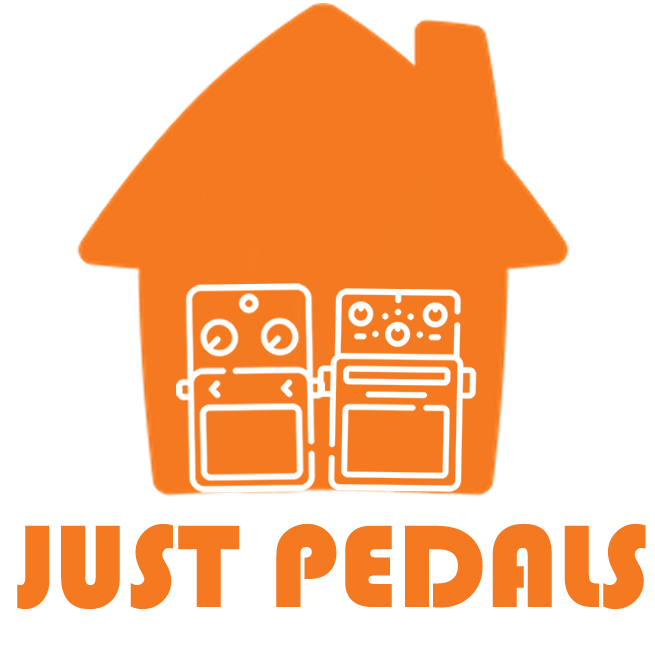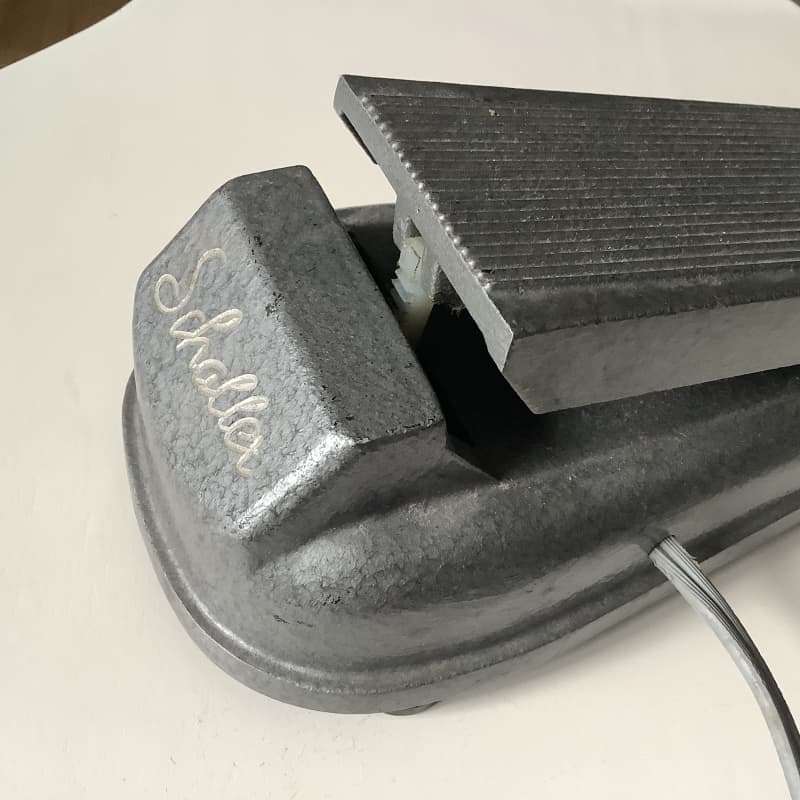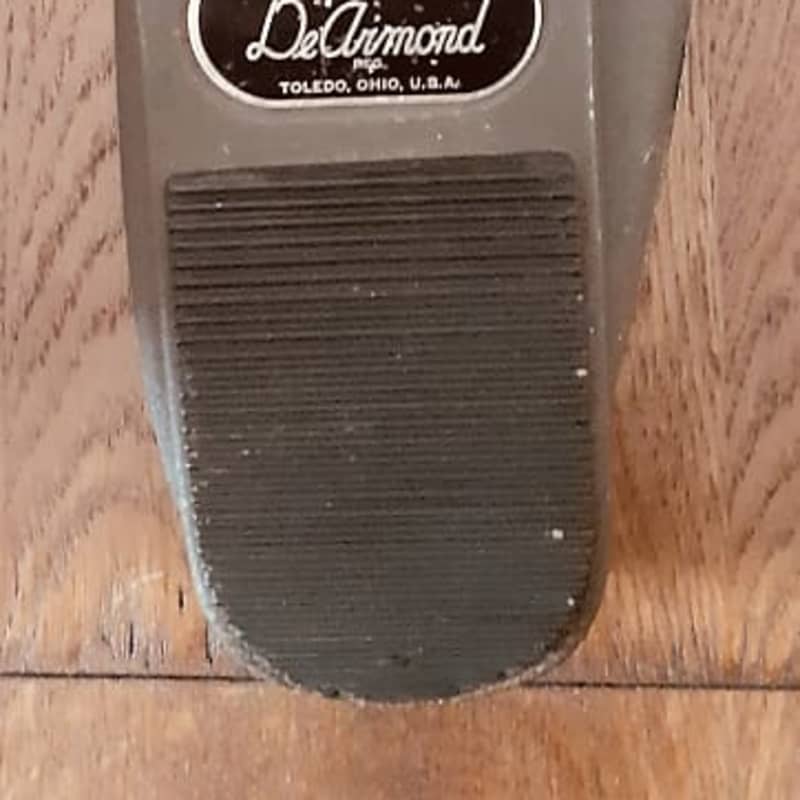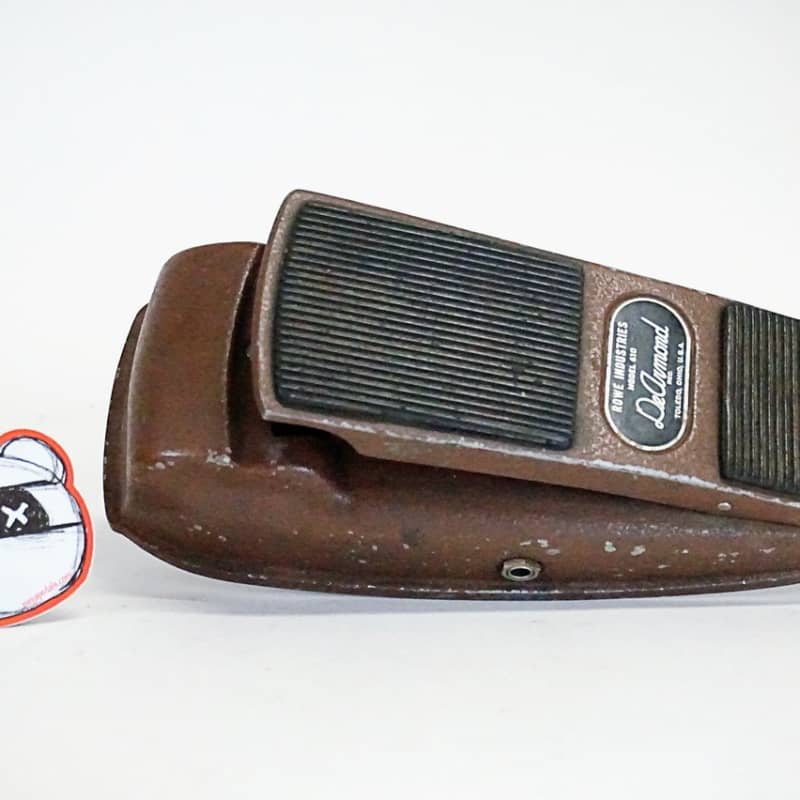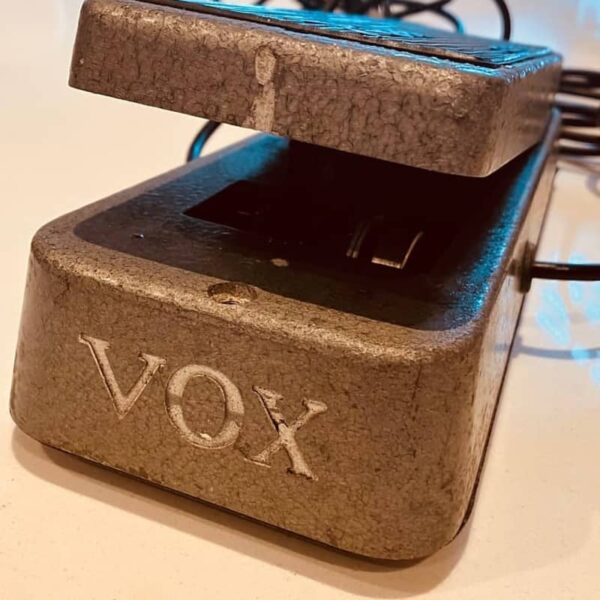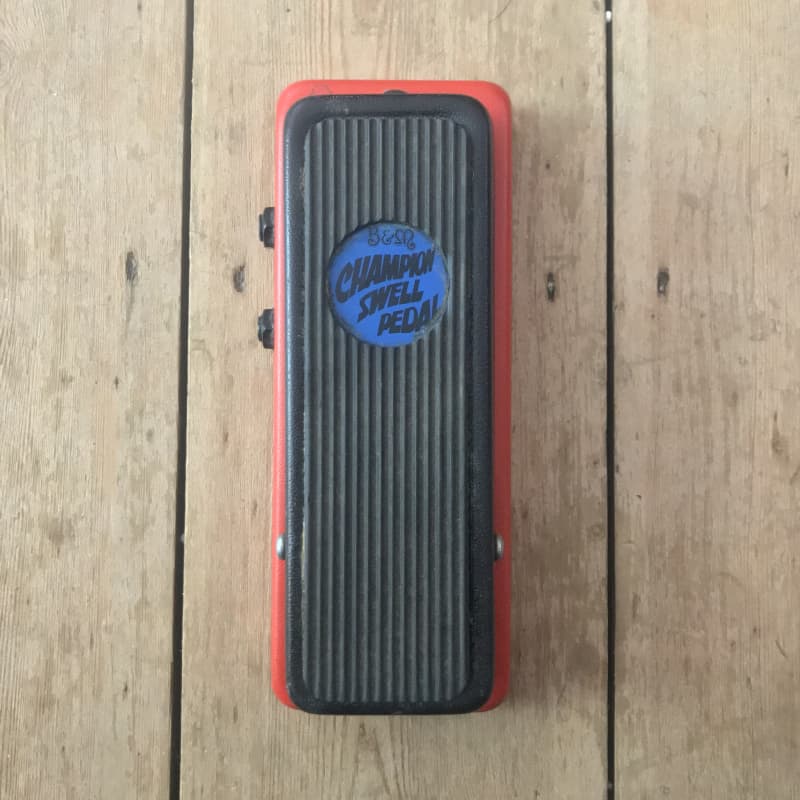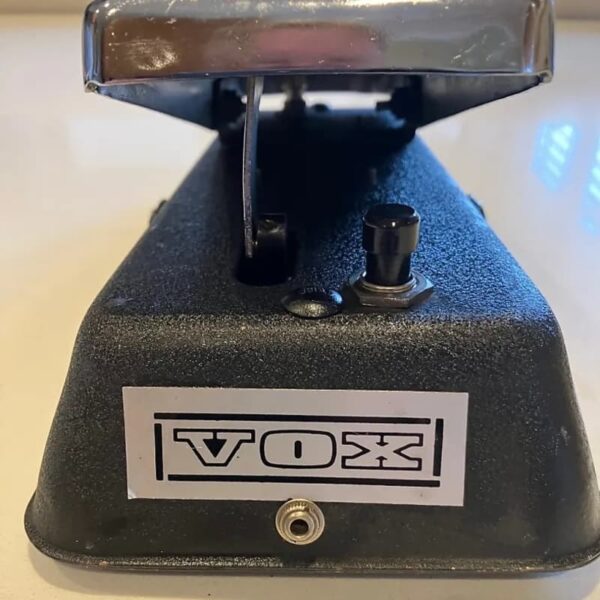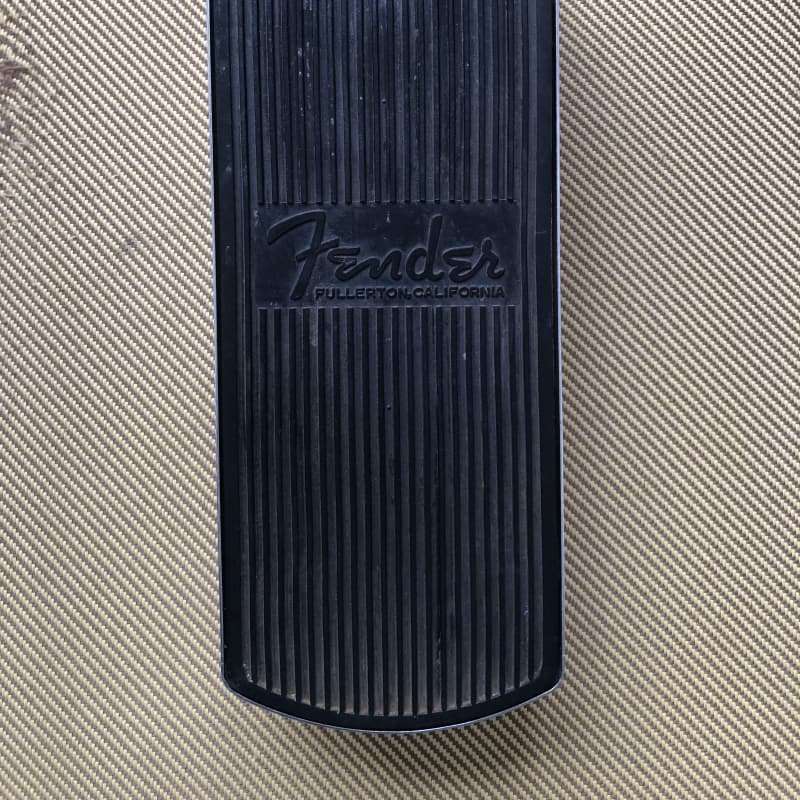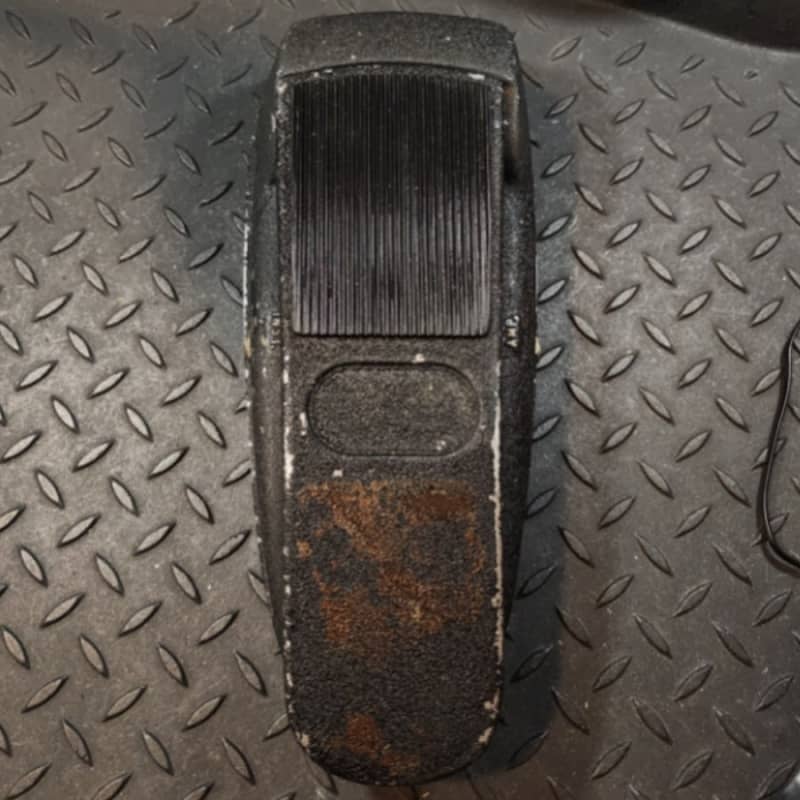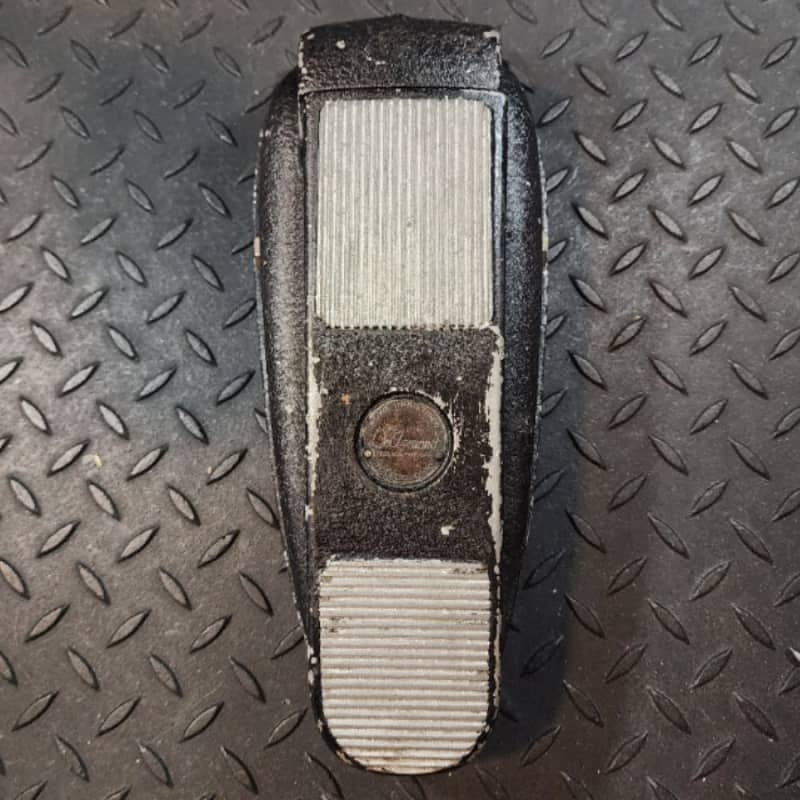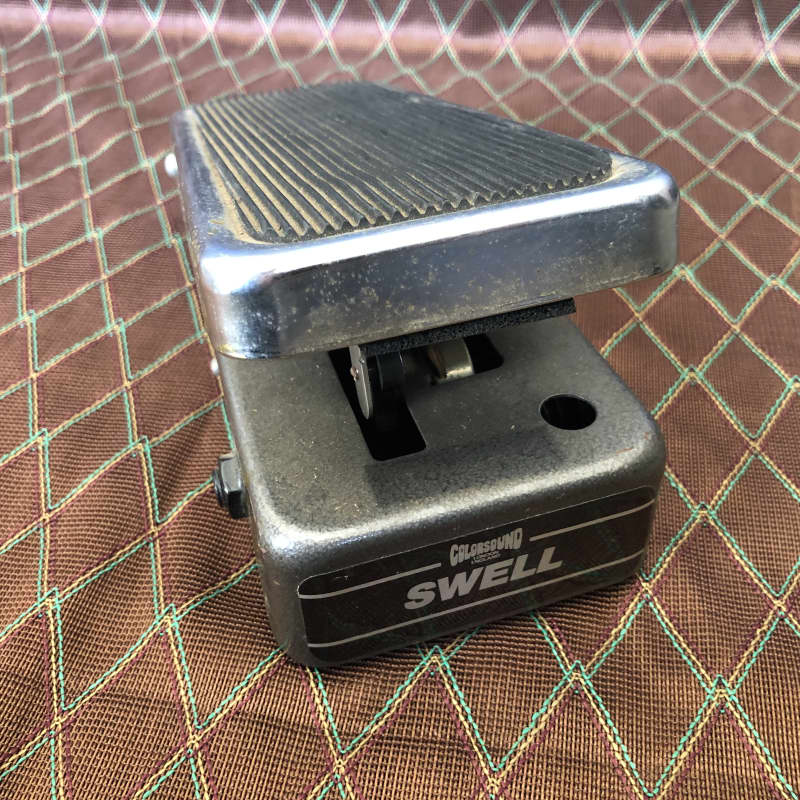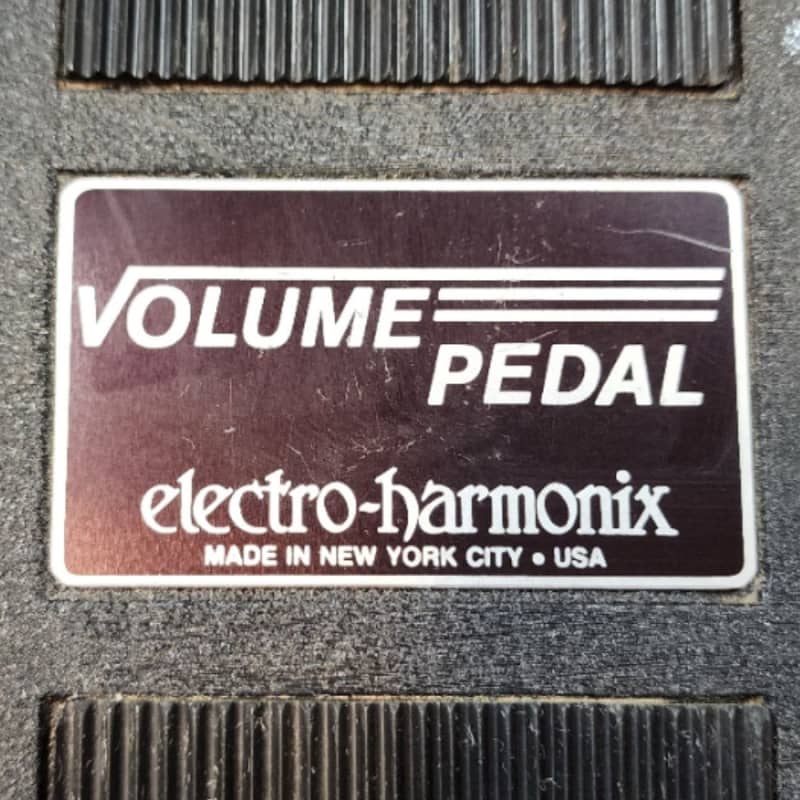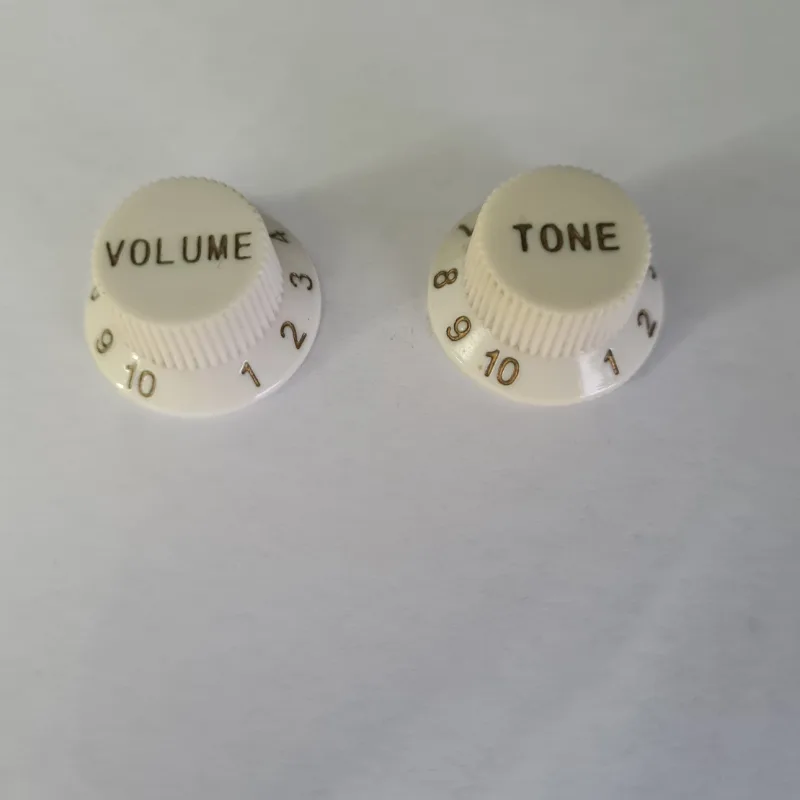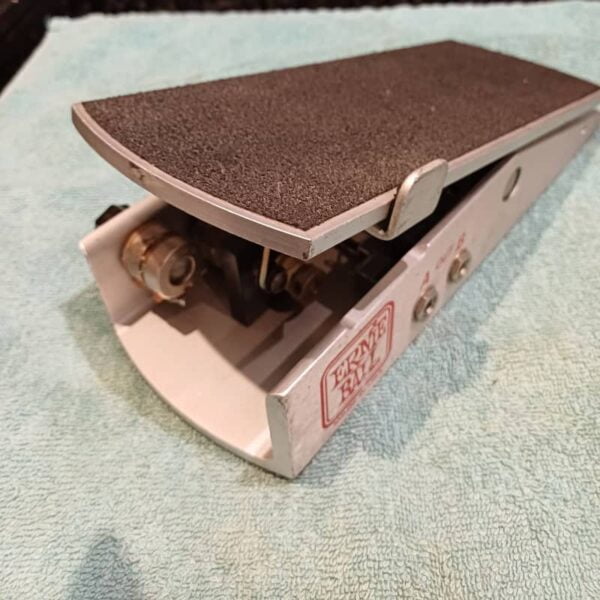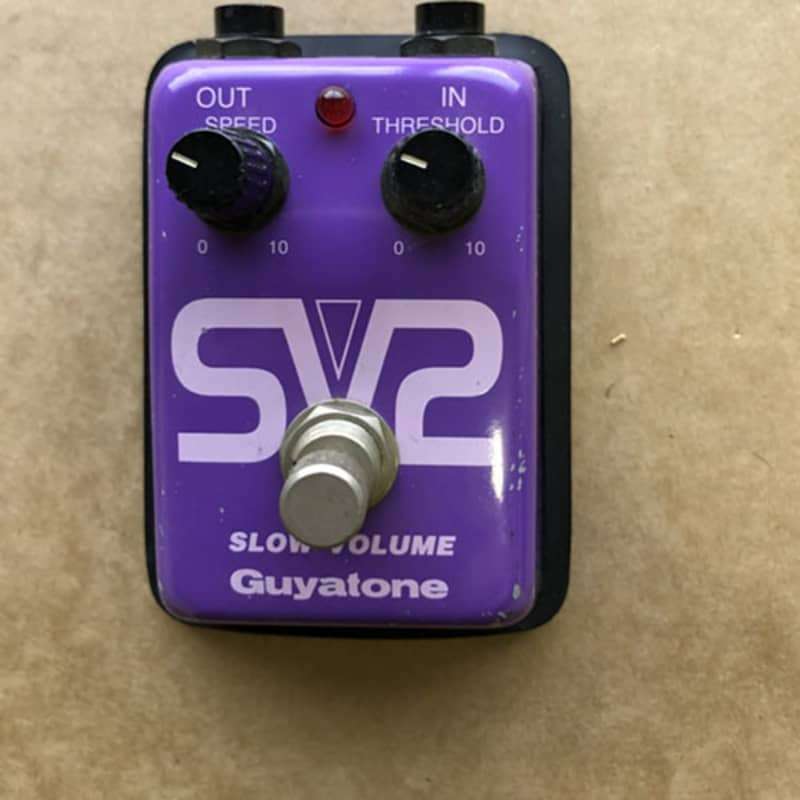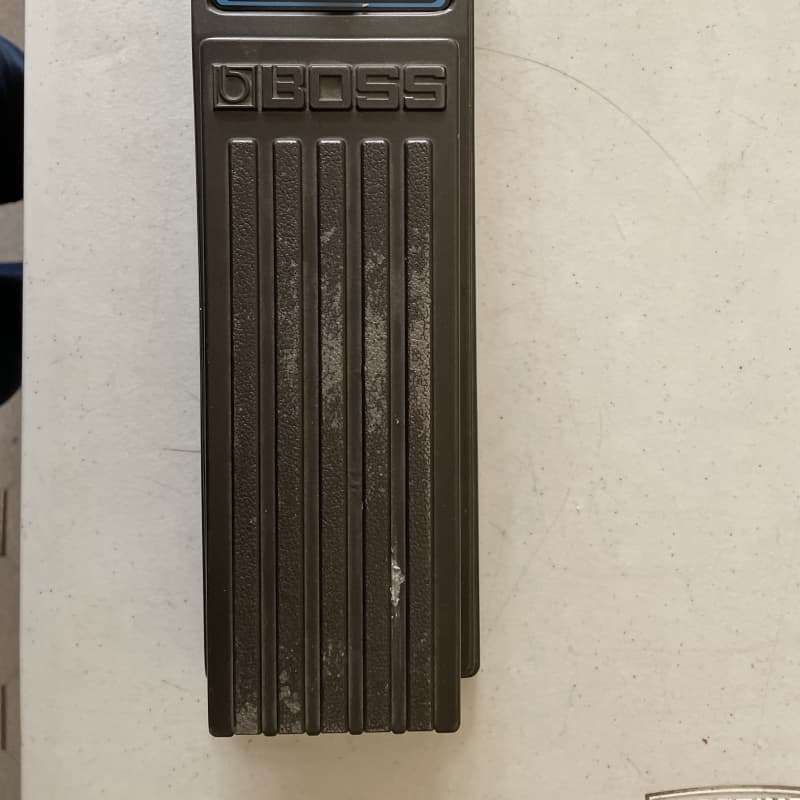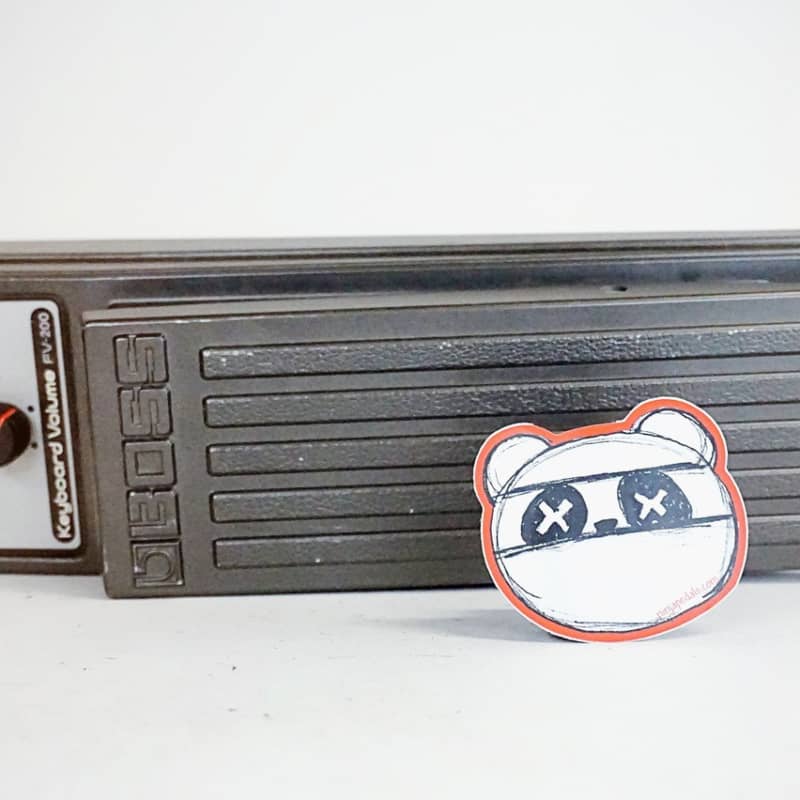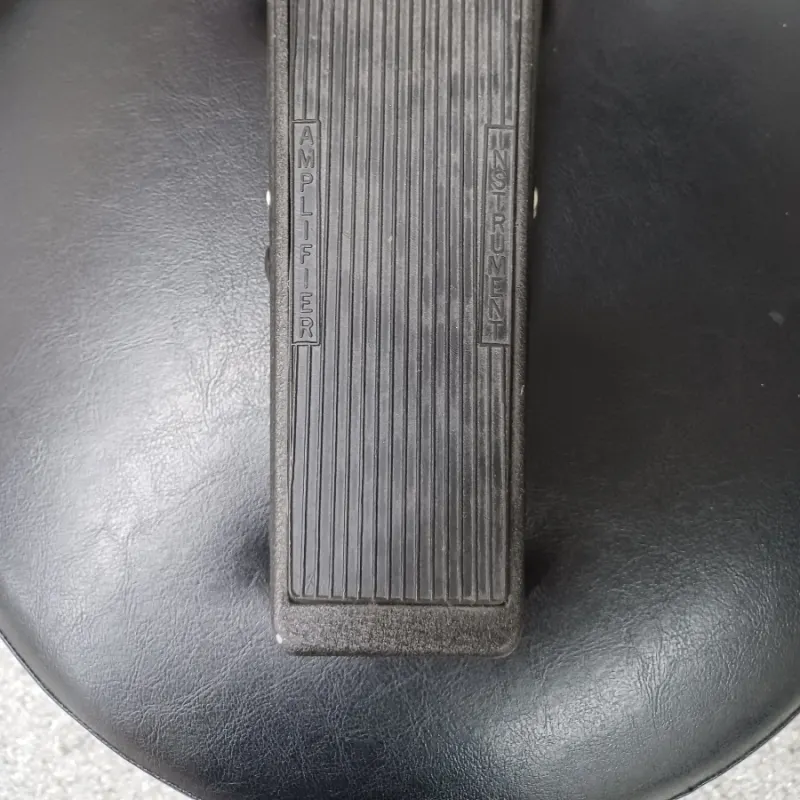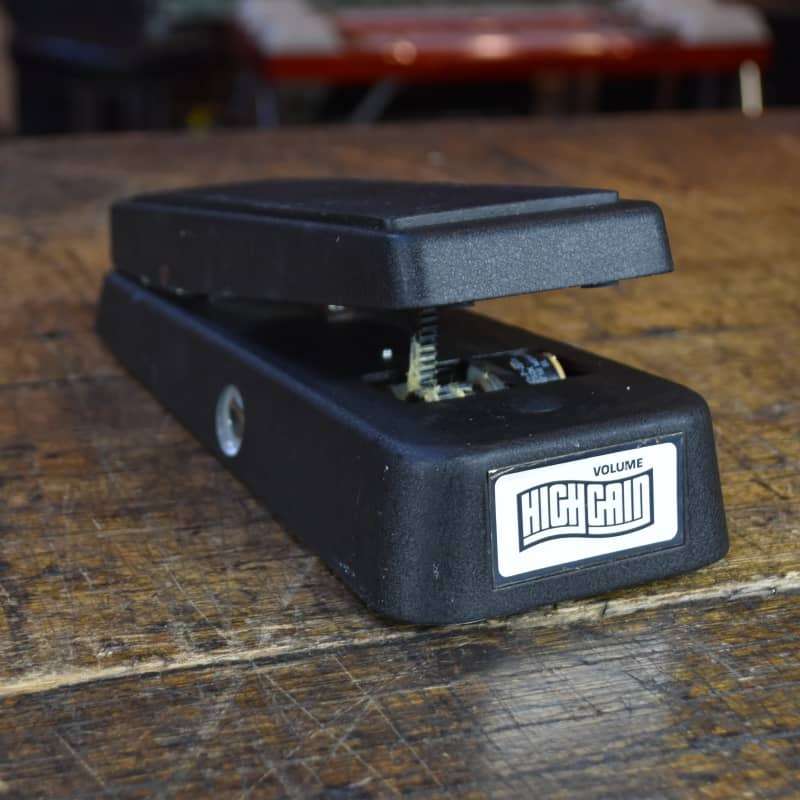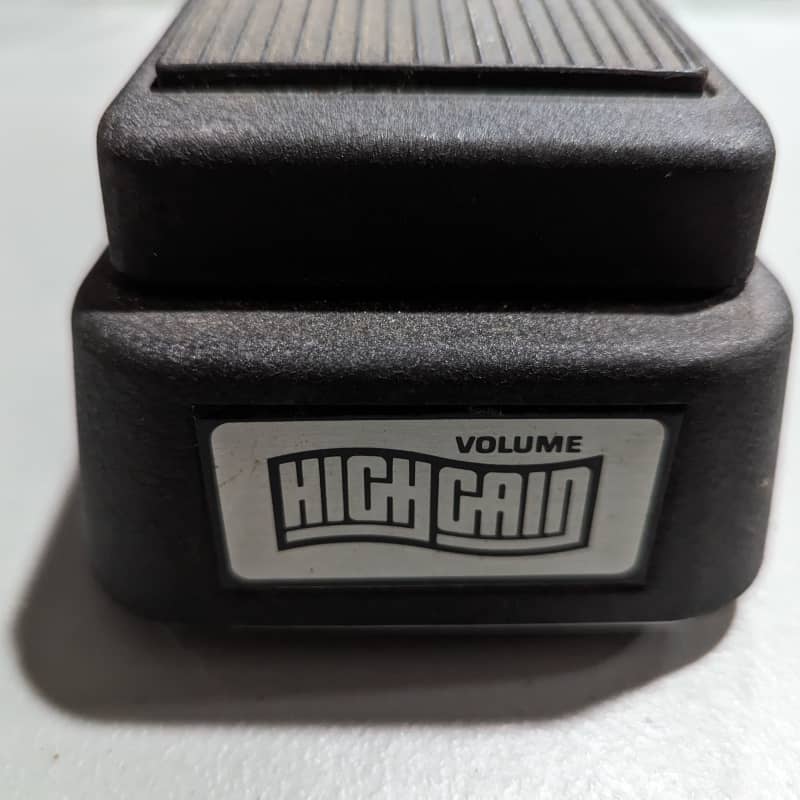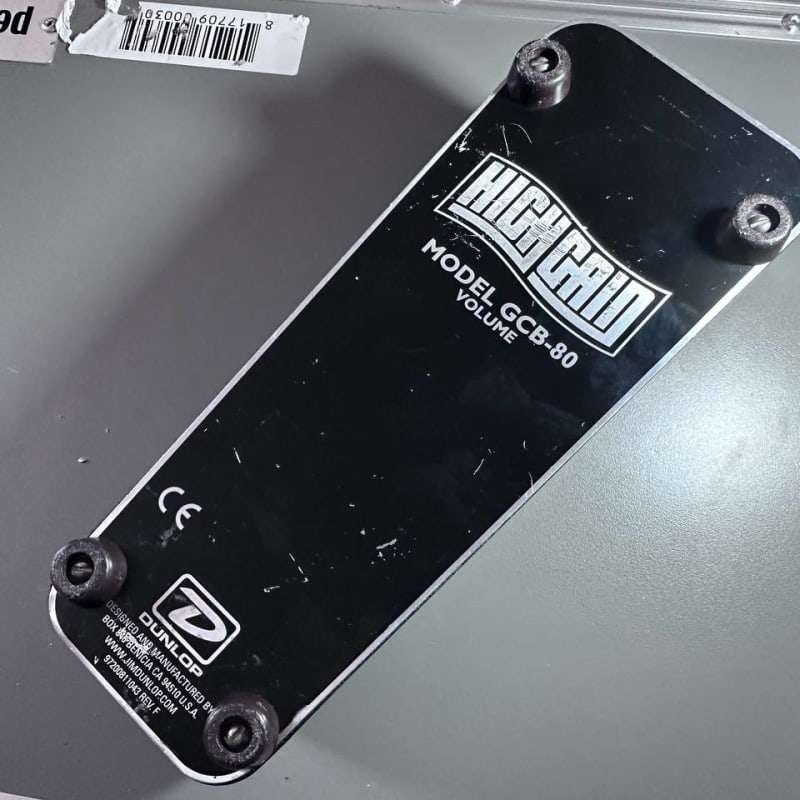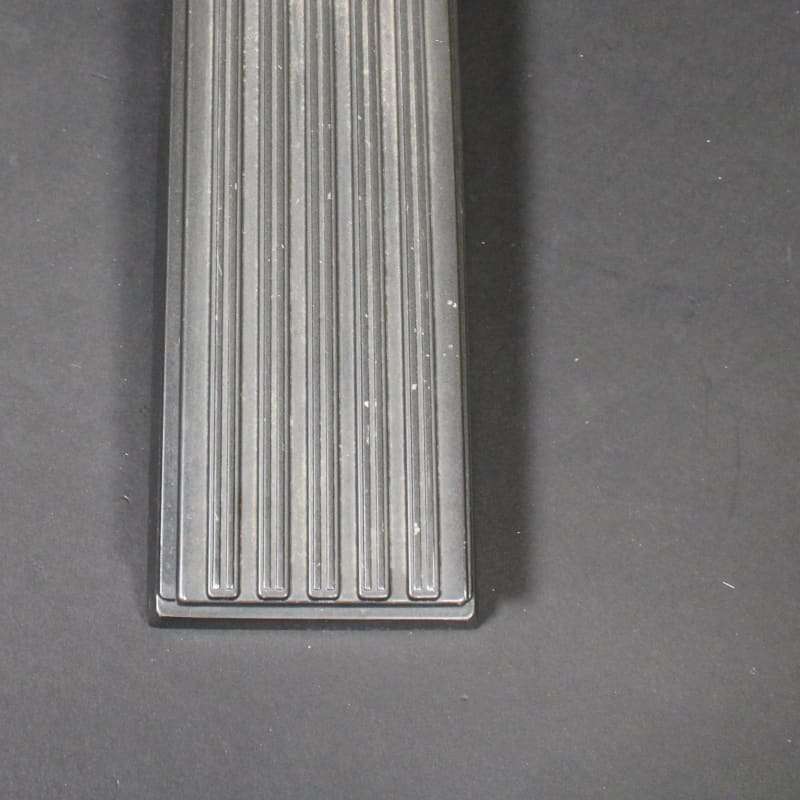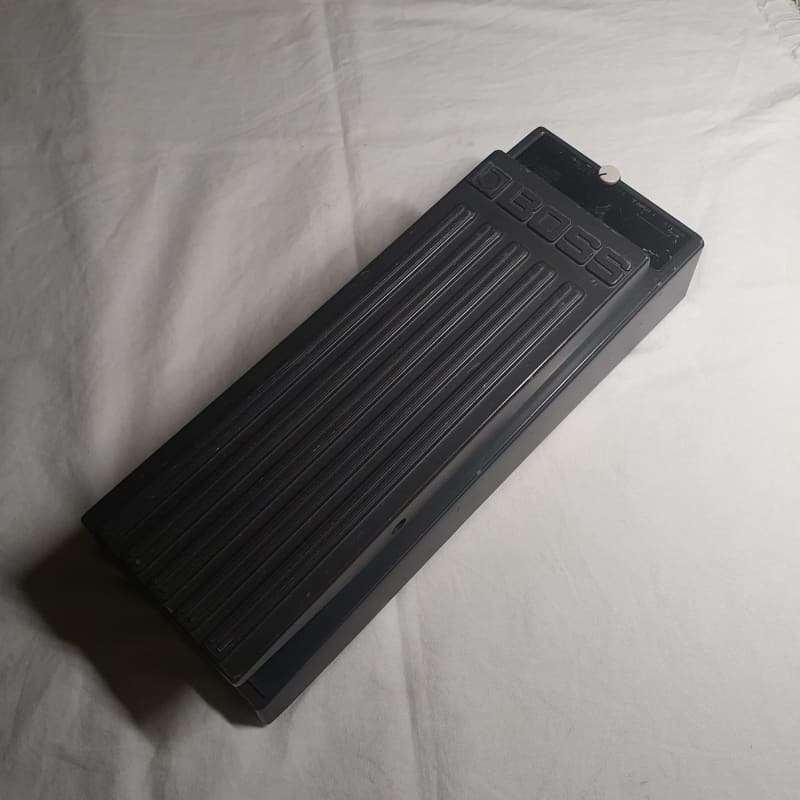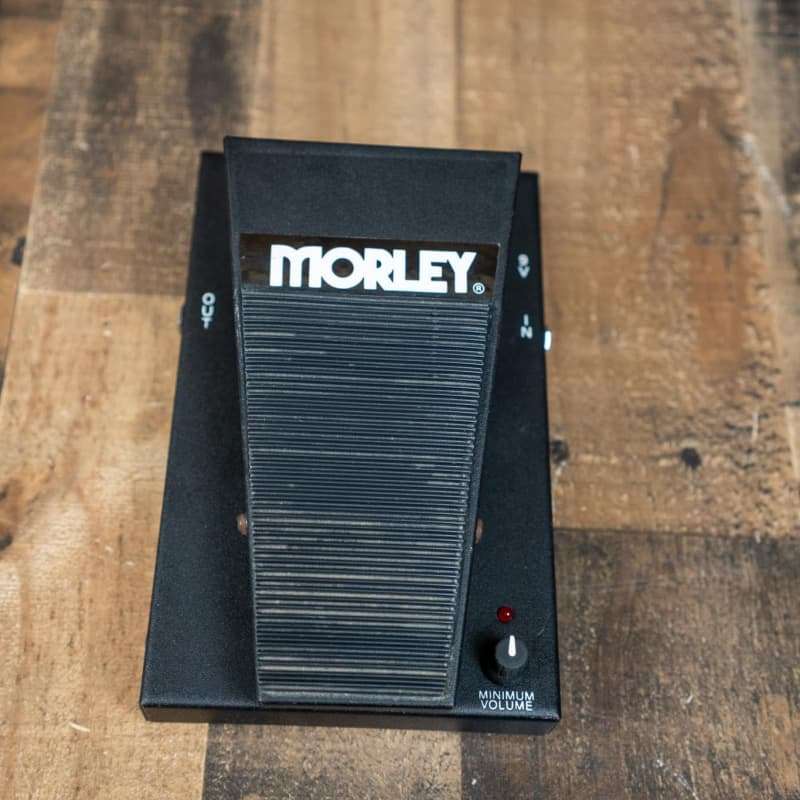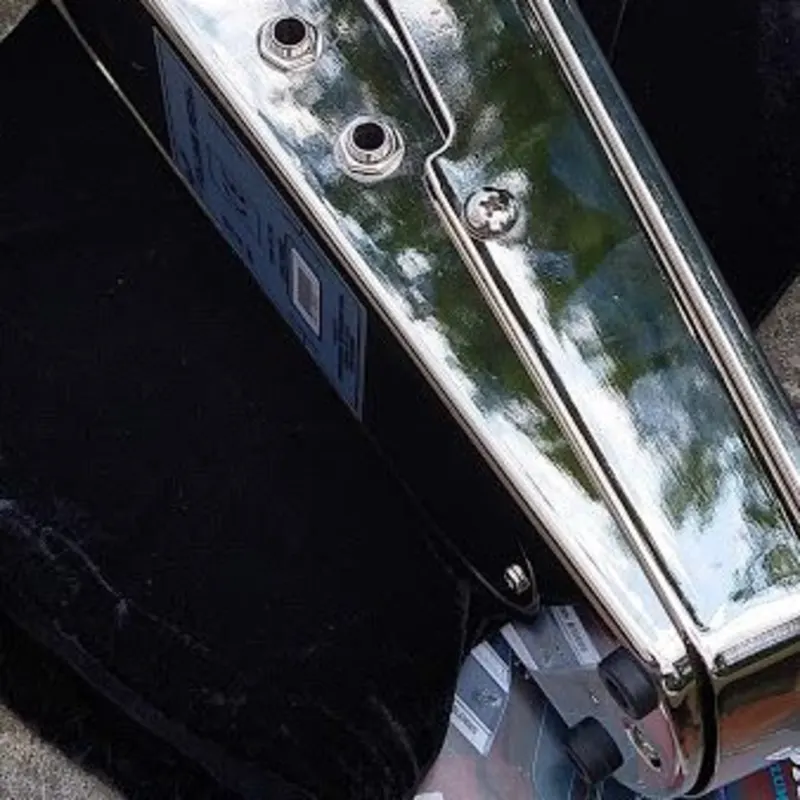did somebody say just Tweak?
Volume
A volume pedal is a pedal-style device used to control the volume level of an instrument, typically a guitar or a keyboard, by foot movement. It allows musicians to adjust the volume smoothly and dynamically while playing, providing hands-free control over their instrument’s output level. Here’s how a volume pedal works and some common features:
1. **Pedal Design**: A volume pedal consists of a foot-operated pedal and a housing unit. The pedal is typically attached to a potentiometer (variable resistor) inside the housing, which adjusts the volume level based on the pedal’s position.
2. **Expression Pedal Compatibility**: Many volume pedals are compatible with expression pedals, allowing players to control other parameters in addition to volume, such as modulation depth, delay mix, or wah effect, depending on the pedal and the equipment it’s connected to. This adds versatility and flexibility to the pedal’s functionality.
3. **Input and Output Jacks**: Volume pedals have input and output jacks for connecting the instrument’s signal input and output, respectively. Some volume pedals also feature additional jacks for connecting to effects pedals or other audio equipment.
4. **Taper and Sweep**: The taper refers to the way the volume changes in relation to the pedal’s movement. Most volume pedals feature an audio taper, which provides a logarithmic response to the pedal’s movement, mimicking the way human ears perceive volume changes. The sweep refers to the range of motion of the pedal, from minimum to maximum volume.
5. **Minimum Volume Control**: Some volume pedals include a minimum volume control knob or switch, which allows players to set a minimum volume level when the pedal is fully depressed. This can be useful for achieving swells or fade-ins from silence.
6. **Buffered vs. Passive**: Volume pedals may be either buffered or passive. Buffered pedals include an active circuit that maintains a consistent impedance and signal strength, preventing signal loss and preserving tone when using long cable runs or connecting to multiple effects pedals. Passive pedals, on the other hand, do not include active circuitry and may introduce some signal loss, especially with long cable runs.
7. **Tuner Out**: Some volume pedals feature a tuner output jack, which allows players to connect a tuner pedal directly to the volume pedal. This enables silent tuning while muting the instrument’s signal to the amplifier or other audio equipment.
Overall, a volume pedal is a versatile tool for guitarists, keyboardists, and other musicians seeking dynamic control over their instrument’s volume level. Whether used for swells, fade-ins, rhythm adjustments, or creative volume effects, a volume pedal provides hands-free control and adds expressive possibilities to live performances and studio recordings.
- AMT Electronics
- Analogman
- Barnes & Mullins
- Behringer
- Bell
- Benson Amps
- Boo Instruments
- Boss
- Budda
- Carls Customs Amps
- Clone
- Colorsound
- Cornell
- DeArmond
- Digitech
- Dunlop
- E.W.S.
- Electro Harmonix
- Epiphone
- Ernie Ball
- Farfisa
- Fender
- Fishman
- Fractal Audio
- Guyatone
- Hotone
- Ibanez
- JHS
- Laney
- Mission Engineering
- Morley
- MXR
- Orange Amps
- Quik-Lok
- Schaller
- Sonuus
- Tapestry Audio
- TC Electronic
- Universal Audio
- Vox
- Xotic
- Yamaha
- Zoom
- Acoustic Guitar
- Analog
- Analogue
- Bass
- Boost
- Buffer
- Chorus
- Compression
- Compressor
- Controller
- Delay
- Distortion
- Echo
- Ed Sheeran
- Envelope
- EQ
- Expression
- Flanger
- Fuzz
- Guitar Effect Pedal
- Looper
- Modulation
- Multi Effects
- Multi-Effects
- New
- Noise Gate
- Octave
- Overdrive
- PedalBoard
- Phaser
- Pitch
- Power
- Power Supply
- Preamp
- Processor
- Reverb
- Slicer
- Stereo
- Sustain
- Switch
- Synth
- Synthesizer
- Tremolo
- Tuner
- Tuner Pedal
- Used
- Vibrato
- Volume
- Wah
Showing 1–30 of 227 results
-
1940’s Epiphone Masterbuilt Volume Pedal Black – used Epiphone Volume Guitar Effect Pedal
Read More£389.70 -
1950s 1960s Schaller Volume Pedal Fu schweller Grau – used Schaller Volume Guitar Effect Pedal
Read More£115.33 -
1960’s DeArmond 610 – used DeArmond Volume Guitar Effect Pedal
Read More£726.16 -
1960s DeArmond 610 Volume Tone Pedal Brown – used DeArmond Volume Guitar Effect Pedal
Read More£246.12 -
1966 Vox Volume Pedal Grey Hammertone – used Vox Volume Guitar Effect Pedal
Read More£450.00 -
1966 Vox Volume Pedal Grey Hammertone – used Vox Volume EQ Guitar Effect Pedal
Read More£469.40 -
1966 Vox Volume/ Swell pedal Grey – used Vox Volume Guitar Effect Pedal
Read More£450.00 -
1966 Vox Volume/ Swell pedal Grey – used Vox Volume EQ Guitar Effect Pedal
Read More£469.40 -
1970 Vox Wah/Fuzz/Vol – used Vox Wah Volume Fuzz Guitar Effect Pedal
Read More£558.07 -
1970-71 Fender Volume Tone Pedal Chrome – used Fender Volume Guitar Effect Pedal
Read More£125.00 -
1970’s DeArmond Model 602 Volume Pedal Vintage Black – used DeArmond Volume Guitar Effect Pedal
Read More£41.01 -
1970’s DeArmond Model 602 Volume Pedal Vintage Black – used DeArmond Volume Guitar Effect Pedal
Read More£49.22 -
1970s Colorsound Swell Volume Pedal Black – used Colorsound Volume Guitar Effect Pedal
Read More£199.00 -
1970s Colorsound Swell Volume Pedal Black – used Colorsound Volume Guitar Effect Pedal
Read More£207.92 -
1970s Morley Volume pedal Silver – used Morley Volume Guitar Effect Pedal
Read More£105.58 -
1973 Electro-Harmonix Volume Pedal Brown – used Electro-Harmonix Volume Guitar Effect Pedal
Read More£82.03 -
1980 Fender Stratocaster knobs 4 spoke – used Fender Volume Guitar Effect Pedal
Read More£61.54 -
1980’s Ernie Ball Volume Pedal Polished aluminium – used Ernie Ball Volume Guitar Effect Pedal
Read More£98.91 -
1980’s Guyatone Slow Volume SV2 Pedal Purple – used Guyatone Volume Guitar Effect Pedal
Read More£68.03 -
1980s Boss FV-100 Volume Pedal Black – used Boss Volume Guitar Effect Pedal
Read More£39.92 -
1980s Boss FV-200 Keyboard Volume Pedal Black – used Boss Volume Guitar Effect Pedal
Read More£57.42 -
1990 – Present Dunlop GCB80 High Gain Volume Pedal Black – used Dunlop Volume Guitar Effect Pedal
Read More£82.04 -
1990 – Present Dunlop GCB80 High Gain Volume Pedal Black – used Dunlop Volume Guitar Effect Pedal
Read More£54.43 -
1990 – Present Dunlop GCB80 High Gain Volume Pedal Black – used Dunlop Volume Guitar Effect Pedal
Read More£41.02 -
1990 – Present Dunlop GCB80 High Gain Volume Pedal Black – used Dunlop Volume Guitar Effect Pedal
Read More£61.53 -
1990s Boss FV-300L Foot Volume / Expression Pedal Black – used Boss Volume Guitar Effect Pedal
Read More£77.94 -
1990s Boss FV-300L Foot Volume / Expression Pedal Black – used Boss Volume Guitar Effect Pedal
Read More£47.05 -
1990s Morley Pro Series Volume Pedal Black – used Morley Volume Guitar Effect Pedal
Read More£53.33 -
2000 Fender PR726 Classic Volume Pedal Chrome – used Fender Volume Guitar Effect Pedal
Read More£115.33
